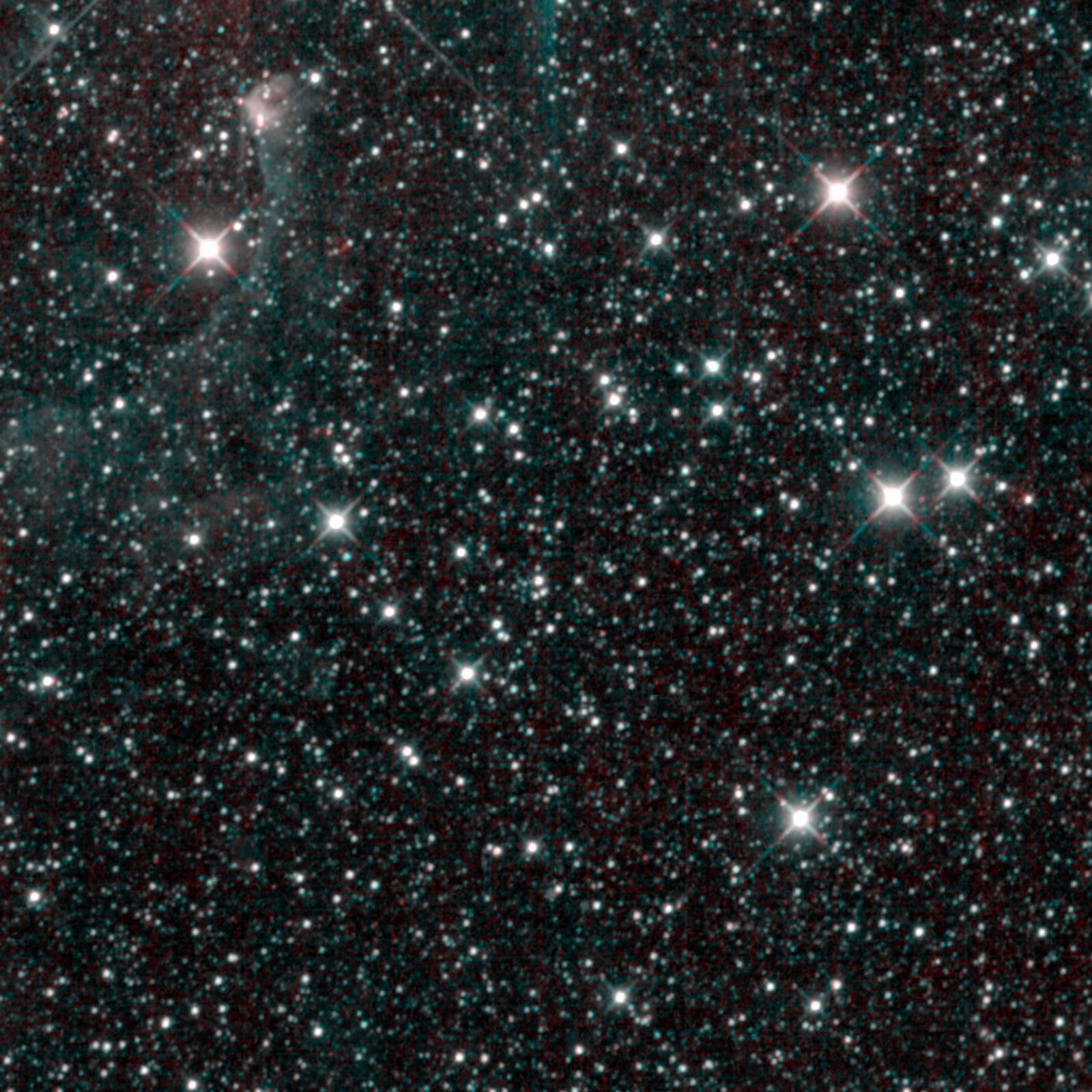variable star

A variable star is a star that changes in brightness. Variable stars fall into two general categories: intrinsic variables, in which physical changes, such as pulsations or eruptions, are involved, and extrinsic variables, in which the light output fluctuates due to eclipses or stellar rotation. Further classification is complex; originally it was based on a star's light curve, amplitude, and periodicity (or lack of it), but is now more closely linked to the physical processes underlying the variability.
The standard reference for classification is the General Catalogue of Variable Stars. Specific types of variable star are often named after a prototype. Additionally, a star may belong to more than one category of variable.
Variable star naming
The International Astronomical Union appoints a committee that determines the names given to variable stars. The assignments are made in the order in which the variable stars were discovered in a constellation. If one of the stars already having a Greek (Bayer) letter name is found to be variable, the star will be referred to by the Greek name. Otherwise, the first variable found in a constellation would be given the letter R, the next S, and so on to the letter Z (a method of naming first adopted by Friedrich Argelander). The next star is named RR, then RS, and so on to RZ, SS to SZ, and so on to ZZ. Then the naming starts over at the beginning of the alphabet: AA, AB, and continuing to QZ. This system (the letter J is always omitted) can accommodate 334 names.
There are so many variables in some constellations, however, that an additional nomenclature is needed. After QZ, variables are named V335 (since 334 variables have already been named), V336, and so on. The letters representing stars are then combined with the genitive Latin form of the constellation name the same way that the Greek alphabet is used for complete identification of the variable star. Examples are SS Cygni (SS Cyg), AZ Ursae Majoris (AZ Uma), and V338 Cephei (V338 Cep).
Classification of variable stars
Intrinsic variables
An intrinsic variable is a variable star whose changes in brightness are due to actual fluctuations in the luminosity of the star itself, not to external processes or accidents of geometry.
Pulsating variable
Cepheid variable (period of 1-70 days; strict period-luminosity relationship)
RR Lyrae star (period of 0.05-1.2 days; light variations of 0.3-2 mag.)
RV Tauri star (alternating deep and shallow minima)
Long-period variable
Mira variable (giant red variable; well-defined period of 80-1,000 days)
Semi-regular variable (giant star; periodic with intervals of irregular variation)
Non-radial pulsating variable
ZZ Ceti star
Eruptive variable (flares or shell ejection)
UV Ceti star (red/orange dwarf prone to sudden flares)
FU Orionis star (slow rise to long-lasting maximum; development of emission spectrum)
Gamma Orionis star (fast-spinning blue giant; occasional ejection of ring of matter)
R Coronae Borealis star (sudden fades followed by slow recovery)
RS Canum Venaticorum star (close binary with active chromosphere)
S Doradus star (massive, luminous blue star often with expanding envelope)
Wolf-Rayet star (luminous)
Orion variable (associated with nebulosity; often irregular)
T Tauri star
YY Orionis star
Irregular variable
Cataclysmic variable (outbursts on star's surface or accretion disk, or stellar explosion)
Supernova (sudden, dramatic, final magnitude increase as result of stellar explosion)
Nova (fusion explosion increases brightness and then fades)
Recurrent nova (system that has undergone 2 or more recorded nova-like eruptions)
U Geminorum star (close binary system with Sun-like star and white dwarf)
Z Camelopardalis star (no well-defined quiescence; "standstills" of brightness)
SU Ursae Majoris star (orbital period < 2 hours; two distinct outbursts)
Magnetic cataclysmic variable (close binary system with highly magnetic white dwarf)
AM Herculis star (strong circular polarization; dwarf in synchronized rotation)
DQ Herculis star (similar to AM Her but no synchronized rotation)
Symbiotic star (semiperiodic nova-like outbursts of up to 3 mag.)
Z Andromedae star
X-ray variables (X-ray emissions from binary star, including compact component)
Extrinsic variables
An extrinsic variable is a variable star the light fluctuations of which are not due to changes in the star itself but to external effect such as eclipses, obscuration, rotation, or tidal distortion.
Eclipsing variable (binary system with an orbital plane lying near the observer's line-of-sight)
Algol star (spherical components; eclipses identifiable from light curve)
Beta Lyrae star (tidally-distorted components; continuous changes in brightness)
W Ursae Majoris star (components almost touching)
Rotating variable (changing light output due to dark/light spots on star's surface)
Alpha2 Canum Venaticorum star
BY Draconis star
ellipsoidal variable
FK Comae Berenices star
SX Arietis star


